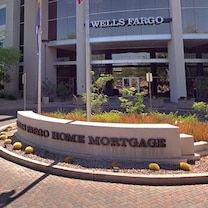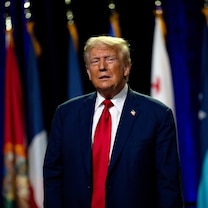John Stossel's 'Stupid in America'
— -- "20/20" first aired this story on January 13, 2006
Sept. 1, 2006--"Stupid in America" is a nasty title for a program about public education, but some nasty things are going on in America's public schools and it's about time we face up to it.
Kids at New York's Abraham Lincoln High School told me their teachers are so dull students fall asleep in class. One student said, "You see kids all the time walking in the school smoking weed, you know. It's a normal thing here."
We tried to bring "20/20" cameras into New York City schools to see for ourselves and show you what's going on in the schools, but officials wouldn't allow it.
Washington, D.C., officials steered us to the best classrooms in their district.
We wanted to tape typical classrooms but were turned down in state after state.
Finally, school officials in Washington, D.C., allowed "20/20" to give cameras to a few students who were handpicked at two schools they'd handpicked. One was Woodrow Wilson High. Newsweek says it's one of the best schools in America. Yet what the students taped didn't inspire confidence.
One teacher didn't have control over the kids. Another "20/20" student cameraman videotaped a boy dancing wildly with his shirt off, in front of his teacher.
If you're like most American parents, you might think "These things don't happen at my kid's school." A Gallup Poll survey showed 76 percent of Americans were completely or somewhat satisfied with their kids' public school.
Education reformers like Kevin Chavous have a message for these parents: If you only knew.
Even though people in the suburbs might think their schools are great, Chavous says, "They're not. That's the thing and the test scores show that."
Chavous and many other education professionals say Americans don't know that their public schools, on the whole, just aren't that good. Because without competition, parents don't know what their kids might have had.
And while many people say, "We need to spend more money on our schools," there actually isn't a link between spending and student achievement.
Jay Greene, author of "Education Myths," points out that "If money were the solution, the problem would already be solved ... We've doubled per pupil spending, adjusting for inflation, over the last 30 years, and yet schools aren't better."
He's absolutely right. National graduation rates and achievement scores are flat, while spending on education has increased more than 100 percent since 1971. More money hasn't helped American kids.
Ben Chavis is a former public school principal who now runs an alternative charter school in Oakland, Calif., that spends thousands of dollars less per student than the surrounding public schools. He laughs at the public schools' complaints about money.
"That is the biggest lie in America. They waste money," he said.
To save money, Chavis asks the students to do things like keep the grounds picked up and set up for their own lunch. For gym class, his students often just run laps around the block. All of this means there's more money left over for teaching.
Even though he spends less money per student than the public schools do, Chavis pays his teachers more than what public school teachers earn. His school also thrives because the principal gets involved. Chavis shows up at every classroom and uses gimmicks like small cash payments for perfect attendance.
Since he took over four years ago, his school has gone from being among the worst in Oakland to being the best. His middle school has the highest test scores in the city.
"It's not about the money," he said.
He's confident that even kids who come from broken families and poor families will do well in his school. "Give me the poor kids, and I will outperform the wealthy kids who live in the hills. And we do it," he said.




